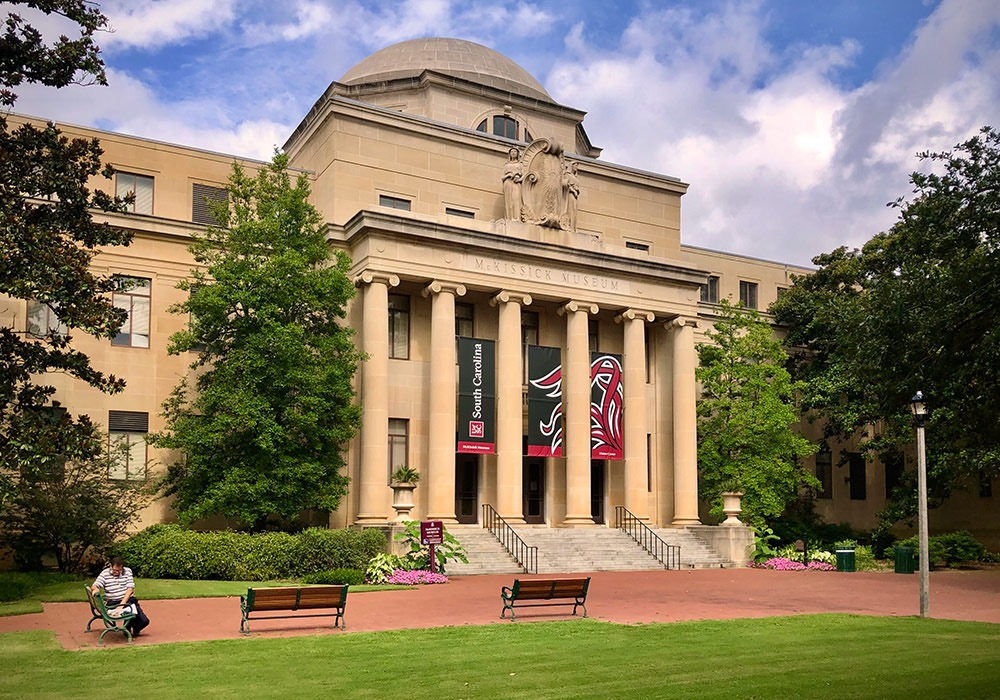
Jonathan Leneschmidt

Leadership
Fan Engagement and Declining In-Person Attendance
One of the most pressing challenges in the sport and entertainment industry today is the steady decline in in-person attendance at live events, particularly among younger fans who increasingly prefer digital content. While television contracts and streaming deals have created new revenue streams, teams and organizations are struggling to replicate the energy, loyalty, and spending that live fans bring to venues. This issue is rooted in shifting consumer behavior, increased ticket and concession prices, and a lack of personalized fan experiences.
As I stated above, the issue is rooted in shifting consumer behavior, increased ticket and concession prices, and a lack of personalized fan experiences. As a future sport industry professional, my goal is to help bridge this engagement gap by implementing innovative fan experience strategies that increase attendance and deepen fan connection. My goal is to contribute to an organization’s long-term fan growth strategy, and this challenge represents both a problem and an opportunity to lead change.
To address this issue, I would apply key insights gained from my coursework in sport event management, as well as hands-on experiences with FC Cincinnati and the University of South Carolina Athletics Department, where I saw how creative activations and community-focused promotions directly impact turnout and fan satisfaction. My recommended solution is to launch a “Fan Reconnect Campaign” aimed at regenerating the in-venue experience through a combination of targeted promotions, community outreach, and personalized fan engagement. For example, fans who haven’t attended in over a year could be offered a discount package bundled with exclusive behind-the-scenes access. This idea stems from my key insight that fans respond more to value and personal connection than simple ticket discounts. This something I learned and experienced while assisting with grassroots marketing during my internship experiences.
The implementation plan would begin with audience research and data analysis to identify key groups of lapsed or low-frequency attendees, using CRM tools and historical attendance data. Next, I would work with the marketing and promotions team to design custom outreach materials such as digital ads, email offers, and in-app incentives. This would act to reengage these fans. Moving on from those steps, we would test the campaign at select home games, using activations such as “Fan Appreciation Nights,” VIP experiences, or giveaways that create meaningful memories. My experience planning training sessions and community appearances with FC Cincinnati and USC Gamecocks Athletics would allow me to manage logistics and execute promotions effectively. Throughout the process, staff in ticketing, marketing, and guest services would all play vital roles, with weekly data collections to track progress.
To evaluate the success of the campaign, I would measure increases in ticket scans among targeted groups, fan satisfaction through post-event surveys, and repeat attendance rates within a three-month window. Stakeholder feedback from fans, sales reps, and game-day operations teams would be collected through surveys, interviews, and performance dashboards. From this experience, I hope to refine my ability to lead cross-functional teams, understand how to use fan data effectively, and learn how to scale successful pilot programs. This initiative directly builds on what I’ve learned and aligns with my long-term goal of working in fan development or team marketing at the professional level.